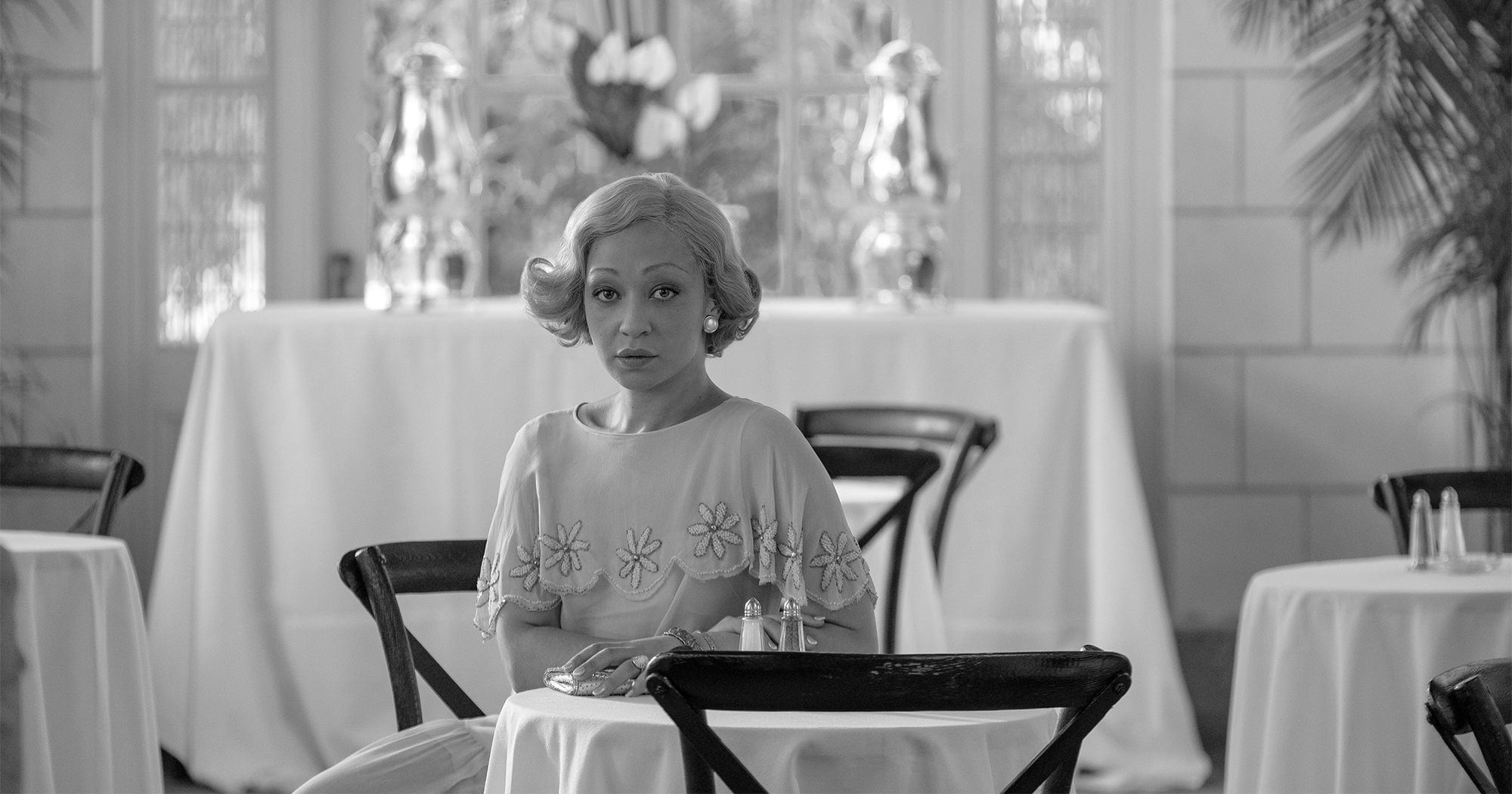Rebecca Hall’s Passing and the Fallacy of Black & White
By Tenzing Pixley
The term ‘cosmopolitics’ is derived from the Greek ‘kosmos’, a term which relates to a holistic composition in regards to an effective, yet ornamental, functionality; once ‘-politics’ is attached, a word synonymous with ideological conflict and endless debate, the combined noun speaks to a system in which all sentient parts of a societal whole are granted substantial democratic representation. As a result of the fallibilism of the individual, ever-increasing global cross-pollination, and greater emphasis on the urban environment as a cultural epicenter, cosmopolitics morphs into an ideological perspective: cosmopolitanism, a worldview inherent to multicultural environments where one’s human obligations break cultural boundaries whilst still being keenly aware of said differences. Case and point, each borough of New York City contains many vibrant communities distinct in creed and values, yet they all simultaneously coexist and overlap with each other. Coexistence, instead of separation, is key to cosmopolitan thought.
Now, if a cosmopolitan worldview runs adjacent to integration, an anti-cosmopolitan worldview runs adjacent to pluralism. A reaction to the pluralism enforced by Jim Crow, author Nella Larsen wrote Passing (1929), a seminal novel focusing on two African American women, Irene Redfield and the racially ambiguous Clare Kendry, the latter of which frequently ‘passes’ as a white woman for the societal benefits she receives. In 2021, it was adapted for Netflix by actress-turned-director Rebecca Hall, starring Tessa Thompson and Ruth Negga, respectively.
To reduce its thematics to merely a story about flitting through racial identities would be an extreme understatement. The source material already serves as a poignant critique against notions of ethnocentric superiority, as to which the film doubles down and, while sacrificing the syntactical beauty of Larsen’s prose, embraces merits only afforded by a wholly visual medium. Take, for instance, Edu Grau’s black-and-white cinematography. Coupled with a boxed-out 4:3 aspect ratio, one would assume basic homage to the aesthetic sensibilities wrought from technical limitations of ‘20s cinema. But, in terms of thematics, the choice to shoot in black and white reflects the binary perceptions of race brought on by Jim Crow, with Grau citing this as essential to establish a white world and then find the nuances of the grays and the blacks so that [the film can show] what’s in between,” (Shachat, 2022).
As portrayed in the film, and by extension the book, Hall depicts race as a social construct rather than a tangible difference in character: Black and white denizens of Harlem dance together at swing parties, intermingle over dinner, and drink and smoke together with carefree attitudes emblematic of the flapper new woman and a general push against puritan values. Irene’s closest confidant is that of a white novelist–Bill Camp’s intellectual Hugh Wentworth–a point that comes off even more so in the film due to Hall’s slight omission of Irene’s other significant interpersonal relationships in favor of highlighting multicultural discourse. The film even enters its second act at one of these aforementioned parties, a charity event for African American welfare partly organized by Irene, attended by both Black and white people freely dancing together–although it should be noted that Irene and Wentworth have a playful discourse about the guests’ motivations for racial intermingling.
Racism–through mentions of lynching, slurs, and Clare’s virulent husband, unknowing of her biracial heritage–is an ever-looming presence throughout the novel and subsequent script. But just as apparent is a true cosmopolitan outlook where cultural differences are acknowledged yet can be pushed aside in the face of human universality. Much of how Hall visually destroys binary notions is through her depiction of the book’s narrative axl, the enthralling Clare Kendry, portrayed by Ethiopian actress Ruth Negga, who’s of mixed Irish descent herself. At a time where notions of binary race were enforced by law, the mixed Clare represents a form of danger to the status quo: both black and white yet neither black nor white, a racial makeup more reflective of the average American. In the book, we experience the story from the perspective of Irene Redfield, who is enthralled with Clare to the point where subtextual readings of queerness are certainly valid. She’s at first possessed by Clare’s beauty, but as page turns to chapter, that enthrallment progressively morphs into resentment. As such, Clare’s syntactical beauty becomes somewhat soured by the way in which Irene see’s her.
Though, it should be worth noting that Irene’s vilification of Clare exists largely within her internal monologues and thought processes characterized by Larsen’s prose, prose that is forlorn in favor of a visual representation in Hall’s adaptation. Played by Tessa Thompson, Irene’s distaste towards Clare really only becomes apparent by the entrance into the third act, when by the pacing of the book it finds its onset much earlier. Thus, when Irene ogles at Clare in the movie, our perception of the blonde beauty isn’t challenged by Irene, rather all we do is sit and watch and let ourselves be entranced by ambiguity we can’t just put a finger on.
Works Cited
Shachat, Sarah. “The Cinematography of ‘Passing’ Captures Tessa Thompson’s Unease in White – and Black – Spaces.” IndieWire, IndieWire, 1 Feb. 2022.

Leave a Reply
You must be logged in to post a comment.